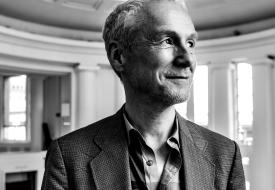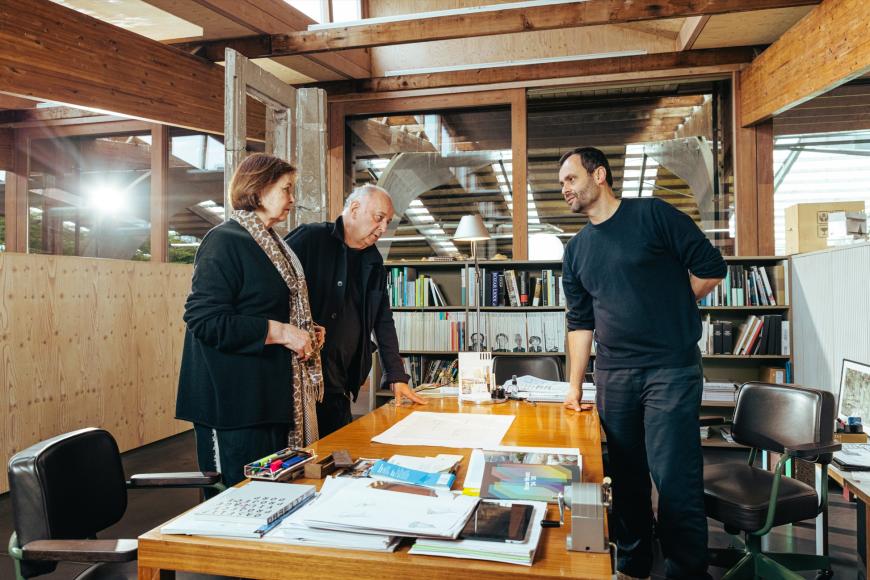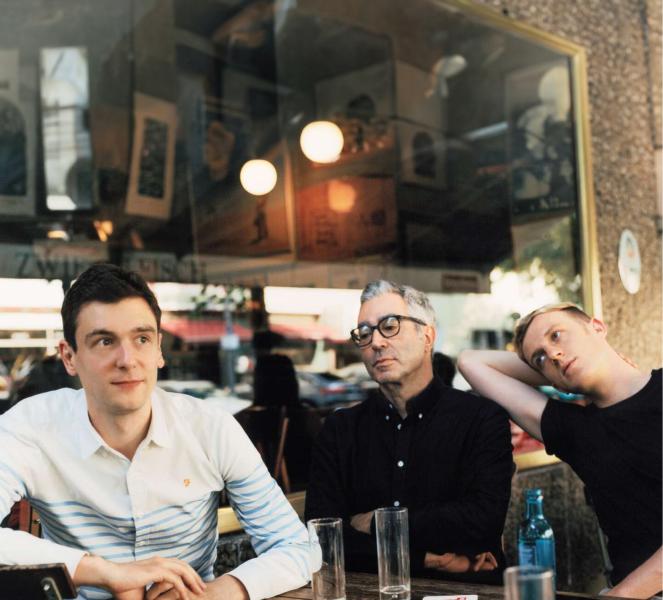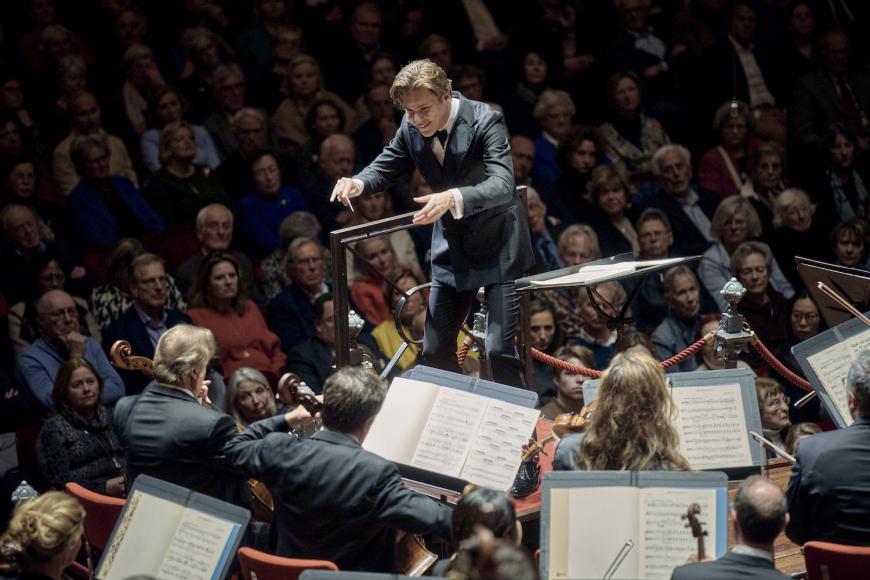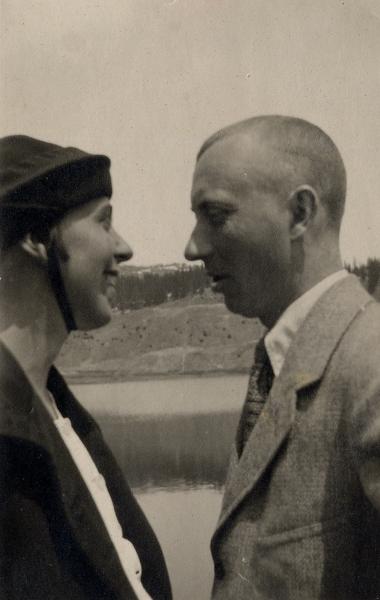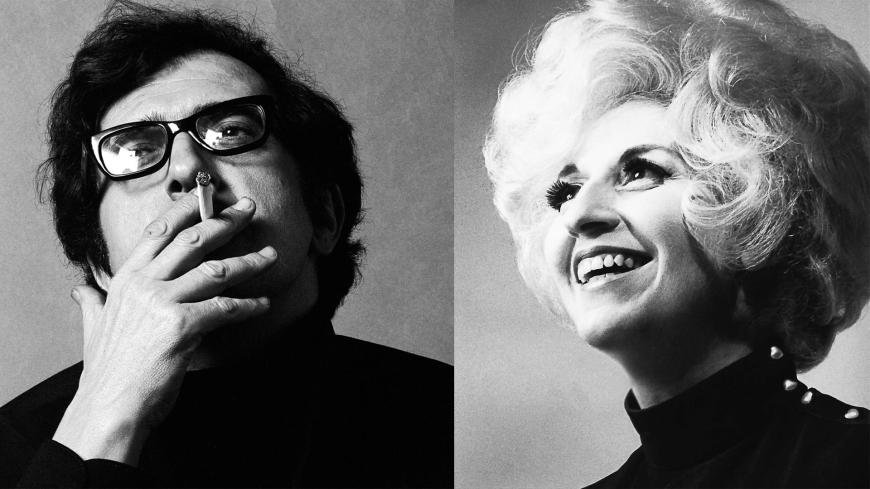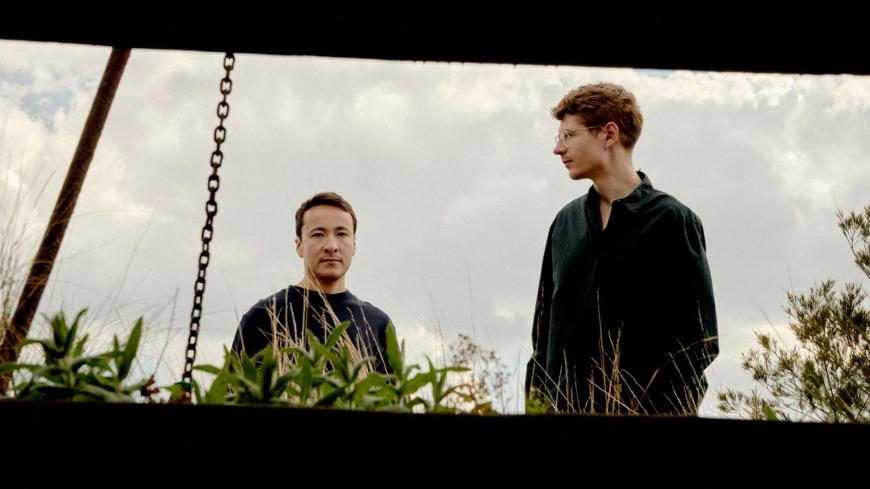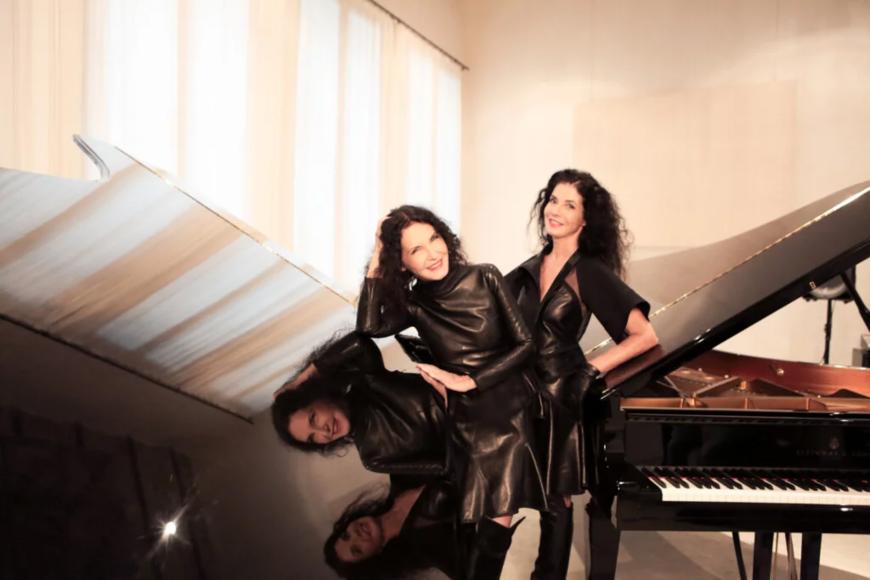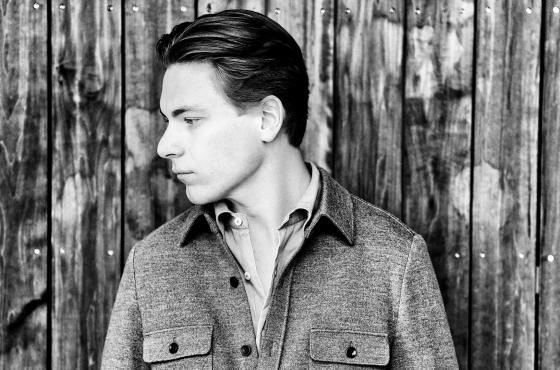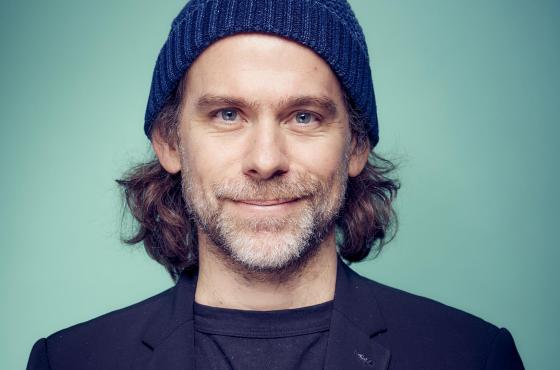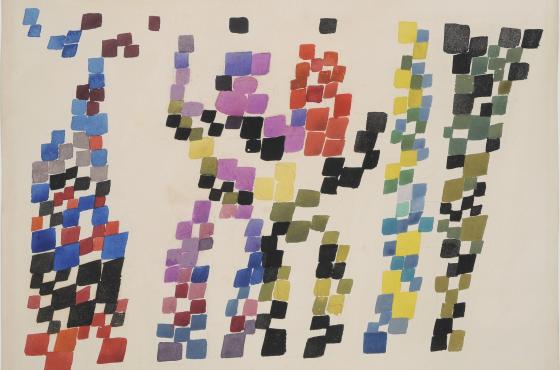We live in a complex society. One that can be hard to navigate. Some abuse this to sow dissension. When I joined this arts house last summer as CEO and Artistic Director, it was with a deep conviction: that culture should play a fundamental role in wider society. Culture opens a space for positive change. I see Bozar as a polyphonic space. A place in which contradictory voices can coexist and, on a regular basis, learn to speak together. I am reminded of medieval polyphonic music. Josquin des Prez et al. wove independent voices – each with their own range, personality and equivalence – into heavenly compositions, full of harmony.
I see Bozar as a polyphonic space. A place in which contradictory voices can coexist and, on a regular basis, learn to speak together.
Leaf through this magazine, which resounds with a myriad powerful voices. You will hear musicians playing across a broad spectrum of genres, from the conductor steering symphonic music into the twenty-first century to writers celebrating friendship and firing the imagination, not to mention the architect duo that interprets music spatially and a celebrated filmmaker who is diving into virtual reality. Bozar presents a season entirely conceived around considered choices made together. There is no cacophony or yelling on these pages, just distinct and mutually complementary voices.
Polyphony primarily means, as in music, the combination of multiple voices. Which is what we do across numerous concert programmes, exhibitions and during our monthly nocturnes. Yet outlooks and interpretations can also be polyphonic. Changing viewpoints and diverse backgrounds offer new ways of (re)viewing artworks and events. To have a multifaceted perspective, you need to step outside yourself and, more often than not, start moving – sometimes literally. You must leave the single, fixed viewpoint behind, as well as your sense of Absolute Certainty. Polyphony is the antithesis of the tendency towards polarisation, wherein a single, dominant voice endeavours to drown out the counterpoint and all the semitones. I see Bozar as a space in which people can experience a wealth of viewpoints. It is a place that is about more than just you, your influence and status, your reflection or the selfie that distracts you from the wider landscape, your fellow human beings and that unique, unmissable sight.
Polyphony is the antithesis of the tendency towards polarisation.
Artworks are multisensory creations. They spark numerous mental and physical connections. Sounds can alter our visual perception; images can change how we hear. A word can evoke a colour. A physical space can transform into a sound box. A dynamic image can inspire a dance. I see Bozar as a space in which ideas can circulate, and where unexpected connections and sensory exchanges can emerge. The polyphonic view is our only guide, and our deepest conviction.
Artists do not come from nowhere. They do not work in a vacuum. In art history lessons, we are quickly taught to see remarkable painters and composers as geniuses rather than as members of a community. Musician and producer Brian Eno has a suggestion: that we replace the word ‘genius’ with ‘scenius’: meaning the intelligence of a wider scene or movement, of a group of people who influence one another. Shared knowledge, emotions and experiences have unparalleled depth and intensity. Collectives are par for the course in the arts. Groups, ensembles and orchestras have long reigned in music, theatre and performance. Films are rarely made alone. Architects work together in offices. Numerous artists have studios with specialised collaborators or work as part of collectives. Duos, trios and groups of people often find it easier to break through the established hierarchies without sacrificing their individuality or distinctness.
Bozar’s '24-'25 Season is animated by several artist duos who opened up spaces for positive change at critical moments in the twentieth century. Sophie Taeuber and Hans Arp met during the First World War on neutral territory, in Zurich’s Cabaret Voltaire. From this free zone, insulated from the violence of the warring nation states, Dada emerged as one giant liberation party: an interaction of word, sound, image, dance and the applied arts. After the war, ‘community art’ became the code word for a time. Which also meant a community of art forms. Art and style as a way of being collective. Artists set the tone internationally in this area. The League of Nations was the first attempt to unite the countries of the world.
A world war later, and Luciano Berio and Cathy Berberian found each other in the musical avant-garde of the early 1950s. Countless composers were inspired by this mezzo-soprano. Berberian sang it all, and with universal brilliance: from Baroque interpretations of The Beatles to Kurt Weill and folk music, not to mention Monteverdi directed by Nikolaus Harnoncourt, the pioneer of the authentic performance movement. Historical, popular or contemporary: everything intermingled. Cathy Berberian vaulted the artificial divide between ‘high’ and ‘low’ culture with her Stripsody. She sang a score composed of nonsensical comic-strip speech bubbles: “Arrgrrr! AaahatCHIU!” Dada’s liberating peal of laughter is never far away.
To puncture divisions and narrowmindedness, the entire Bozar exhibition team has collectively devised a programme that starts from the liberating power of living together and acting together, to create an exhibition that celebrates love and empathy in all its many guises. With Love is Louder, one of the season’s four main exhibitions, we evoke the unifying protentional and resounding force that is love.
Hear, see and taste it. On our stages and in the many nooks and crannies of our halls and corridors, a richly varied programme springs to life in which old and new, and ‘high’ and ‘low’ joyfully comingle. You will cross the polyphonic gazes of Berlinde de Bruyckere, Klaus Mäkelä, Kim Gordon and Peter Sellars. And those of Patricia Kopatchinskaja, Gustavo Dudamel, Claudia Rankine and Boris Charmatz. Not to mention Bryce Dessner, Caroline Shaw, Apichatpong Weerasethakul and a well-known trio, Édouard Louis, Didier Eribon and Geoffroy de Lagasnerie. They, and many others, look forward to welcoming you to Bozar during the '24-'25 season.

